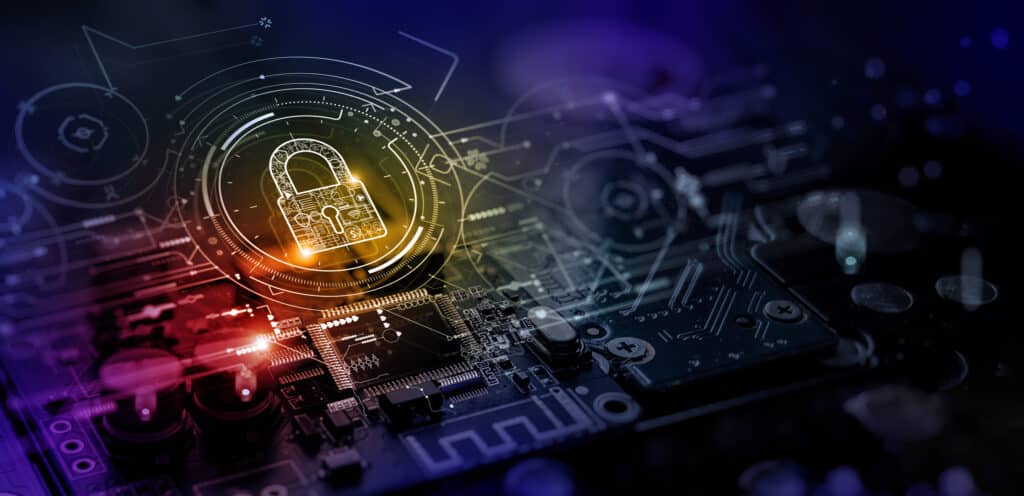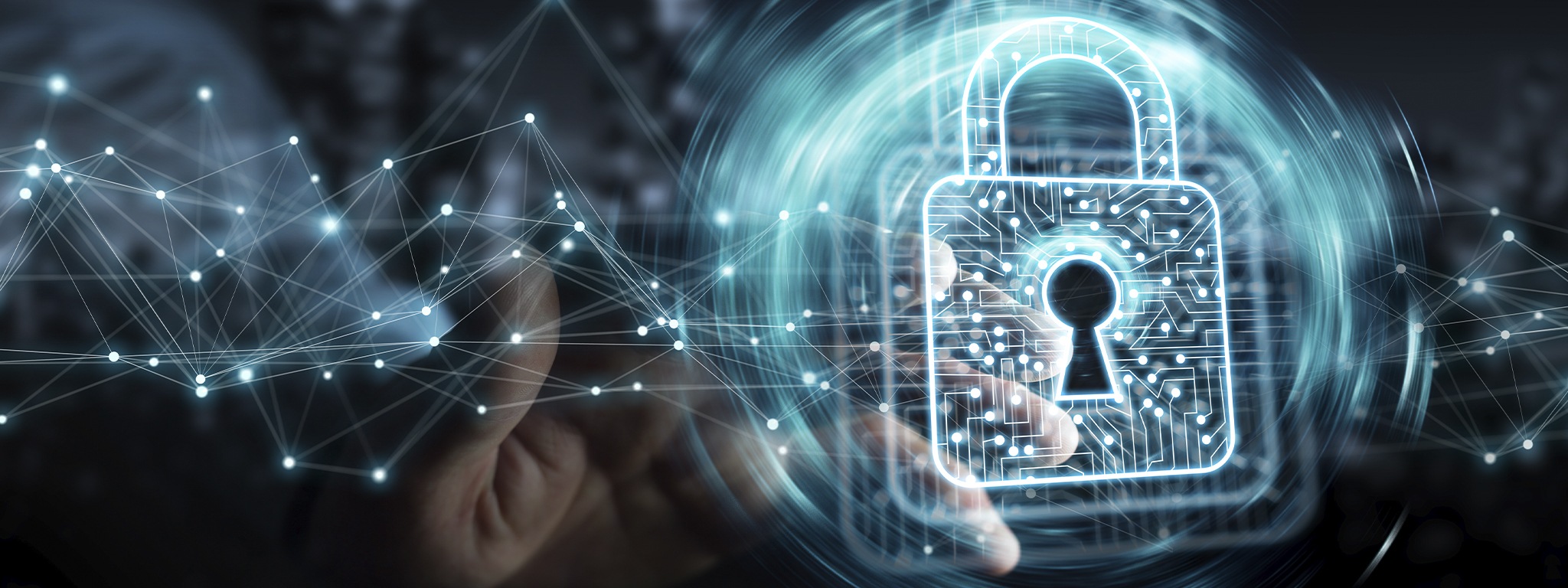Protect Your Assets with FFT Perimeter Intrusion Solutions for Maximum Security
The Critical Role of Data and Network Safety in Shielding Your Details
In an age where data violations and cyber dangers are increasingly widespread, the value of robust information and network safety and security can not be overemphasized. The application of effective safety steps, such as security and gain access to controls, is crucial to keeping count on and operational integrity.
Recognizing Data Protection
In today's digital landscape, a frustrating majority of companies come to grips with the complexities of information safety and security. This vital part of infotech involves securing delicate data from unapproved access, corruption, or theft throughout its lifecycle. Information security includes numerous techniques and modern technologies, including file encryption, accessibility controls, and information masking, all aimed at securing details against breaches and susceptabilities.
A basic aspect of data safety is the recognition and classification of data based on its level of sensitivity and relevance. This classification helps organizations prioritize their safety initiatives, allocating resources to safeguard one of the most critical information efficiently. Applying durable plans and treatments is essential to ensure that employees understand their role in maintaining information security.
Regular audits and assessments help in recognizing possible weak points within a company's information safety framework. Furthermore, worker training is important, as human error remains a substantial variable in information breaches. By promoting a society of protection understanding, organizations can reduce risks linked with expert dangers and oversight.
Relevance of Network Protection
Network safety stands as a foundation of an organization's total cybersecurity method, with roughly 90% of businesses experiencing some kind of cyber danger in recent times. The importance of network security lies in its capacity to protect delicate information and keep the honesty of service operations. By guarding network facilities, organizations can protect against unauthorized accessibility, data violations, and other destructive activities that can endanger their assets and track record.
Executing durable network safety and security gauges not only aids in mitigating risks yet also promotes trust amongst customers and stakeholders. When consumers are assured that their financial and individual details is protected, they are more probable to involve with the organization, resulting in improved consumer loyalty and service development.
Moreover, a well-structured network safety framework helps with conformity with different regulatory needs. Organizations has to adhere to market standards and legal mandates worrying data defense, and efficient network safety techniques can make certain conformity, consequently staying clear of prospective penalties.

Typical Cyber Threats
Organizations should continue to be alert versus a variety of cyber risks that can weaken their network safety initiatives. Amongst one of the most usual dangers is malware, which includes infections, worms, and ransomware that can interfere with procedures, swipe data, or hold information captive. Phishing strikes, where malicious actors impersonate trusted entities to trick people into revealing delicate details, proceed to grow in elegance, making user education and learning essential.
One more widespread risk is dispersed denial-of-service (DDoS) assaults, which overload systems with website traffic, rendering them unavailable to legitimate users. Expert threats, whether intentional or unexpected, position considerable risks as employees may accidentally subject delicate data or intentionally exploit their accessibility for harmful objectives.
In addition, susceptabilities in software and hardware can be manipulated by cybercriminals, highlighting the significance of routine updates and spot management. Social engineering strategies further complicate the landscape, as enemies control people into revealing secret information via psychological manipulation.
As these threats develop, organizations have to preserve a proactive technique to recognize, alleviate, and respond efficiently to the ever-changing cyber risk landscape, safeguarding their important information and keeping trust fund with stakeholders. fft pipeline protection.
Best Practices for Defense
Implementing durable security steps is vital for guarding delicate information and preserving operational honesty. Organizations needs to begin by carrying out extensive risk evaluations to recognize susceptabilities within their systems. This aggressive strategy enables the prioritization of safety and security initiatives customized to the certain needs of the company.
Embracing solid password plans is essential; passwords should be intricate, routinely transformed, and took care of using secure password management devices. Multi-factor authentication (MFA) adds an extra layer of security by calling for additional confirmation techniques, therefore decreasing the risk of unauthorized gain access to.
Regular software updates and patch administration are important to secure versus known vulnerabilities. Implementing firewalls and breach detection systems can additionally protect networks from outside threats. Staff member training is just as vital; personnel should be enlightened on recognizing phishing efforts and recognizing the significance of data protection methods.
Data file encryption should be employed for sensitive details, both at remainder and en route, to ensure that even if data is obstructed, it stays hard to reach (fft pipeline protection). Finally, organizations should create and frequently test event action intends to ensure swift action in the event of a protection breach. By adhering to these best methods, organizations can boost their protection posture and safeguard go to my blog their crucial data possessions
Future Trends in Protection
The landscape of information and network safety is continually advancing, driven by advancements in technology and the increasing elegance of cyber hazards. As organizations significantly adopt cloud computer and IoT tools, the standard of protection will certainly shift toward a zero-trust design. This method emphasizes that no entity-- internal or outside-- is inherently relied on, mandating verification at every access factor.
In addition, the use of expert system and artificial intelligence in security protocols is on the increase. These innovations enable predictive analytics, allowing organizations to determine susceptabilities and possible threats prior to they can be exploited. Automation will likely play an essential function in streamlining security reactions, minimizing the time taken recommended you read to alleviate breaches.
In addition, governing structures will continue to tighten, necessitating extra rigid compliance steps. Organizations must remain abreast of developing policies to guarantee they satisfy safety and security requirements.

Final Thought
In verdict, the importance of data and network safety can not be overemphasized in the contemporary digital landscape. With the occurrence of cyber hazards and the increasing complexity of regulative needs, organizations should embrace thorough protection measures to safeguard delicate details.
In an era where data breaches and cyber risks are progressively widespread, the importance of robust data and network safety can not be overemphasized. Information security encompasses various techniques and innovations, including file encryption, gain access to controls, and data masking, all aimed at protecting info versus violations and susceptabilities.
A basic facet of see this information protection is the recognition and classification of data based on its sensitivity and importance.The landscape of information and network security is continually evolving, driven by developments in innovation and the boosting sophistication of cyber threats.In final thought, the relevance of data and network safety can not be overstated in the contemporary electronic landscape.